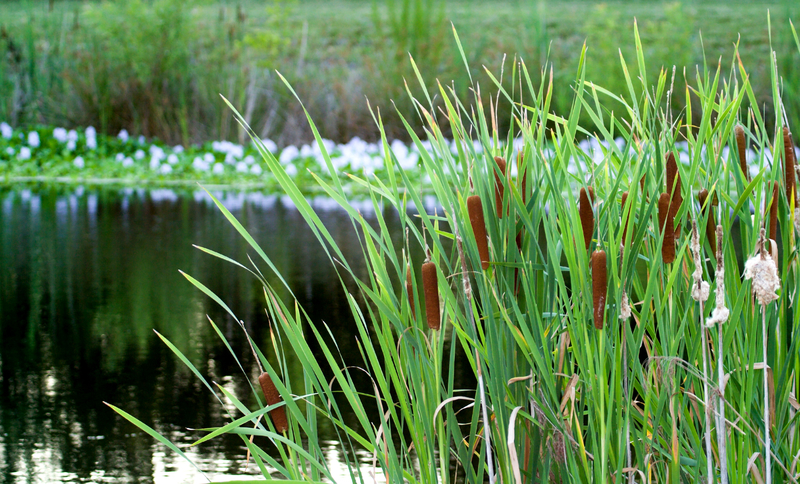You'll be amazed at how versatile and valuable cattails are. They have a rich history as a one-stop shop for the many groups of people who have inhabited North America and even provided nutrition to soldiers during World War II. We can learn from their experience with the plant to ensure our own survival!
Cattails are so great from a prepper’s point of view that if you’re lost out there in the wild and you managed to get some “tail”, you’ve basically covered four out of five essential survival items: food, water, shelter and fuel for making a fire (the dried stalks are a great source of heating fuel).
It’s important to point out that cattails grow near the water, and regardless where the water flows, you’ll find civilization downstream everywhere in the world.
There’s an old survivalist motto that goes something like this: You name your problem and we’ll improvise a solution from cattails.
The fresh tips of cattail are edible and the same story goes for the white bottom of the stalk, the rootlets off the main roots (they look like spaghetti) and the spurs off the roots. These parts are also rich in vitamin A, B and C, together with essential minerals like phosphorus and magnesium.
Survival Food
Cattails are excellent for their starch content.
However, remember not to eat the fiber, you’ll end up with stomach ache.
Fire Starting
Now, let’s see about the cigar-shaped cattail seed head, which contains myriads of seeds. When ripe, you can use these seeds as tinder, as they’re dried and highly combustible.
I bet you did not know that if you soak it up right in fat or animal oil, a cattail will burn for up to 6 hours (this is fire transportation by any metric).
Insulation
The same seed hairs are incredibly fluffy and soft and if the force is strong in you i.e. if you can gather enough seeds, you can stuff them in pillows.
The fluffy cattail seeds make for excellent insulation which can be used to line the inside of clothing or your DIY shoes (think moccasins).
Here’s a tutorial about how to insulate mittens using cattails.
Making Arrow Shafts
All you have to do is to remove excess leaves and allow the stalks to dry out thoroughly in the sun. When they turn brown, that means they’re sturdy enough and they can be transformed into a veritable plethora of arrows.
Making Survival Rope
The leaves can be used for making cordage, due to their broadness/thickness.
Making Shelter
Medicinal Uses
When it comes to medicinal uses, you’ll have to burn cattails and treat abrasions and wounds with the ashes, which have antiseptic properties. The lower part of the stems is rich in amber, a honey-like syrup which is great for treating toothaches and small wounds.
Insect bites, burns and scratches can be mitigated with a poultice made from the mashed core of the root, while cattail’s young flowers treat diarrhea when eaten.
Have you used cattails when out in the wilderness? Are there any other survival uses for it?
Article Source: Survivopedia
